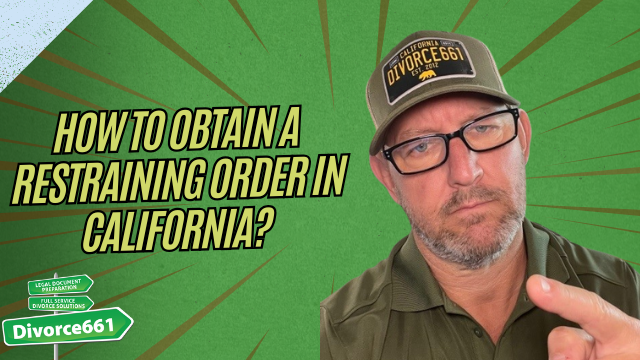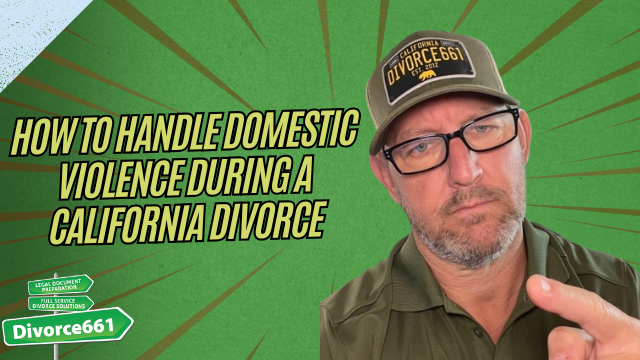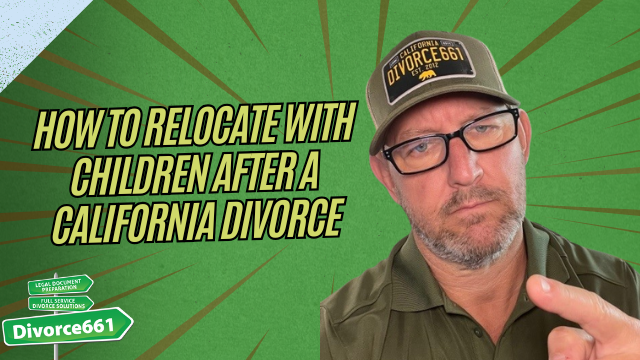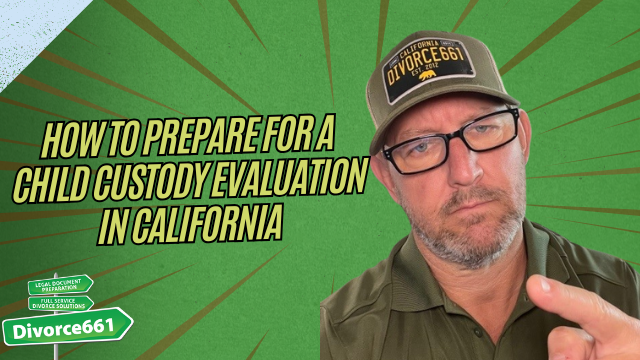How to Handle a Military Divorce in California
Military divorces are different from civilian divorces. If you or your spouse serve in the armed forces and are stationed in California, there are special rules, protections, and benefits that can affect how your case moves forward. I want to walk you through what matters most so you can make informed decisions and avoid unnecessary delays or costly mistakes.
Key differences in military divorces
There are three major areas where military divorces usually diverge from civilian cases:
- Residency and jurisdiction rules
- Protections available to deployed service members
- How military pensions and benefits are divided
Residency rules in California
California requires one spouse to meet the state residency requirements for the family law court to have jurisdiction. However, if a service member is stationed in California under military orders, that usually satisfies the residency requirement even if their permanent home of record is another state. That means you or your spouse can file in California without waiting for a civilian-style residency period.
Servicemembers Civil Relief Act (SCRA) and deployment
“The Servicemembers Civil Relief Act can delay divorce proceedings if a spouse is deployed.”
The SCRA exists to make sure service members are not disadvantaged in civil proceedings because of military service. If a spouse is deployed or otherwise unavailable due to military duty, the SCRA may allow for a stay or delay of divorce proceedings. Practically, that means timelines can be extended and hearings postponed.
What to expect and how to handle it:
- If your spouse is on active duty, the court may require an affidavit or proof of military status.
- Requests for stays under the SCRA are common when deployment would prevent a fair opportunity to participate in the case.
- Delays are not automatic. The court will balance fairness to both parties, but the SCRA provides a strong foundation for relief when deployment interferes with court participation.
- Managing expectations is important. Know that deployment can extend your timeline, and plan accordingly.
Dividing military pensions and benefits
Military retirement pay and related benefits need special handling in divorce. These are often not divided the same way as civilian retirement accounts, and many military benefits require separate court orders or federal forms to change payments or eligibility.
What you typically need to address:
- How much of the military pension is community property and therefore divisible under California law.
- Whether a specific court order is required to implement the division. Many retirement systems require a qualified domestic relations order or a similar court document to authorize payment to a former spouse.
- Survivor Benefit Plan (SBP) elections and how they affect long-term support and survivor protections.
- Benefit eligibility such as Tricare and commissary privileges, which can change after divorce and may require paperwork or alternate health coverage planning.
Because these areas intersect federal and state systems, it is essential to approach pension and benefit division carefully to make sure the division is enforceable and that both parties understand the long-term consequences.
Tricare and other military benefits
Tricare eligibility and other dependent benefits do not automatically carry over after divorce. In many cases, a former spouse loses Tricare and other dependent benefits once the divorce is final. That makes health insurance planning a priority during settlement negotiations, especially when children or chronic medical needs are involved.
Considerations include:
- Timing when coverage ends and what interim coverage options exist
- Whether spousal support should include funds for alternative health insurance
- Options for COBRA or private plans if Tricare is lost
A real life example
I recently handled a military divorce where one spouse was deployed overseas. The entire case was handled remotely: e-signatures, electronic filings, and court papers were completed without either party ever stepping foot in California. This shows that with the right paperwork and planning, geographic distance and deployment do not have to derail the process.
Practical checklist if you are facing a military divorce
- Confirm residency or qualifying military station orders for filing in California.
- Check whether the SCRA applies and prepare documentation of military service if needed.
- Identify all military benefits, retirement pay, and dependent coverage that may be affected.
- Plan for health insurance after divorce and discuss whether spousal support should cover insurance gaps.
- Work with counsel experienced in military divorce to draft the necessary court orders to divide pensions and benefits correctly.
- Explore remote options if deployment or relocation makes in-person appearances impractical.
How I can help
If you are going through a military divorce in California, you do not have to navigate these complexities alone. I handle cases 100 percent remotely when needed, prepare the correct orders for pension and benefit division, and guide clients through SCRA issues and residency questions. In many cases we can complete the process with e-signatures and court filings, even when a spouse is stationed overseas.
For a free consultation and to discuss your specific situation, visit divorce661.com. We will walk through the steps you need so the process is as smooth and fair as possible, no matter where you are stationed.










